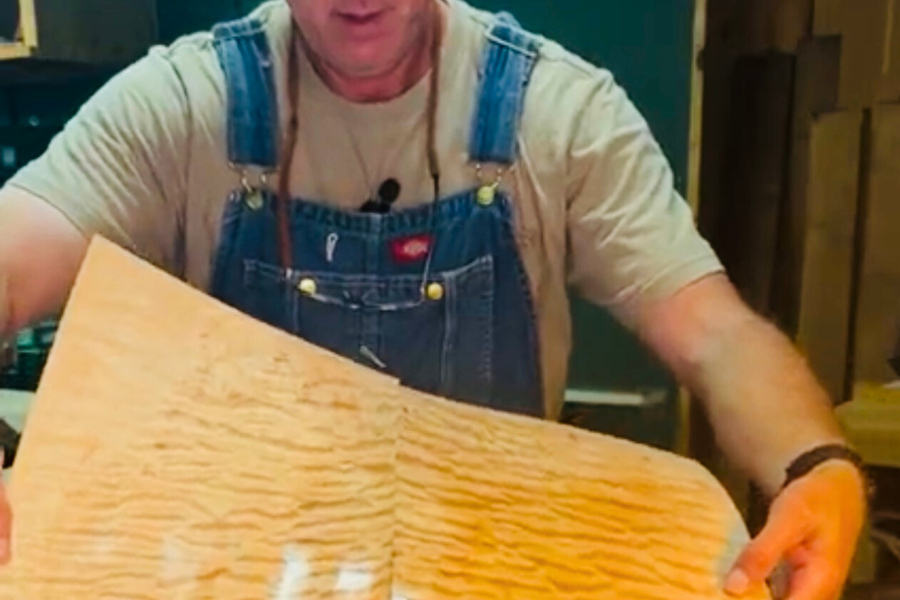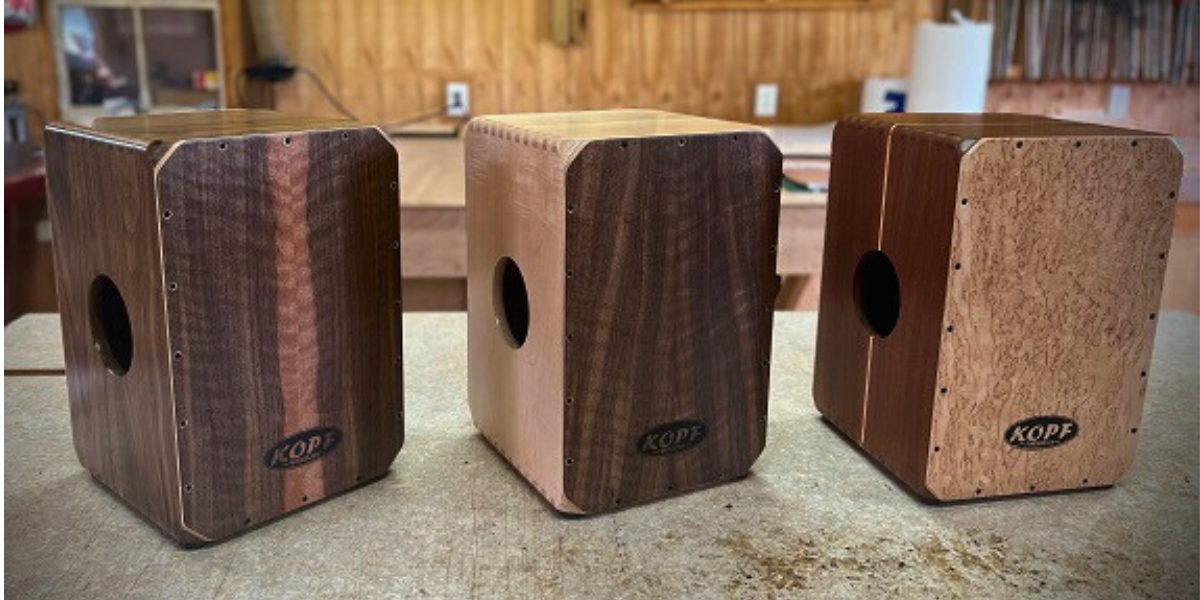Posted by Stephen Head on 21st Sep 2025
Cajon Wood Types: How Different Woods Shape the Sound
Cajon Wood Types: How Different Woods Shape the Sound
Most players choose a cajon because of how it looks. They see a beautiful piece of maple or walnut and make their decision on aesthetics alone. There’s nothing wrong with wanting an instrument that looks good, but the wood does more than catch your eye—it shapes the way the cajon sounds every time it’s played.
The type of wood determines how the bass resonates, how sharp the slap cuts through, and how balanced the overall tone is. The body and the faceplate both matter. A thin birch faceplate mounted on a walnut body won’t sound like a maple faceplate on cherry. That’s why wood selection is at the heart of cajon building.
How Wood Affects Cajon Sound
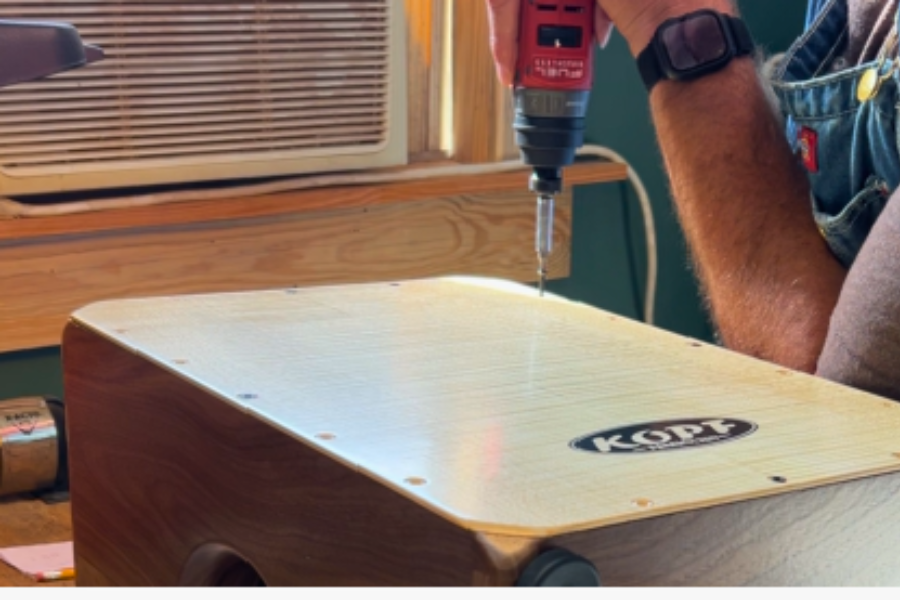
Every species of wood has its own density, stiffness, and grain structure. These physical properties affect how vibrations move through the drum. Denser woods tend to emphasize bass and projection, while lighter woods often bring out brightness and attack.
Because the tapa contributes so much to the articulation and brightness, I often pair species. For example, I might use a walnut body for its supportive low end and then add a maple tapa for crisp, defined slaps. By mixing woods this way, I can dial in a balanced voice—bass that anchors the rhythm and trebles that cut through cleanly. Pairing woods is my starting point in shaping the overall sound of the instrument.
A Note on Density and Hardness
The physical density of a wood correlates with its tonal personality. A harder, denser wood tends to project more volume and attack, while a softer wood leans warmer and more mellow.
Here are a few common woods used in cajons with their Janka hardness ratings (measured in pounds-force):
-
Hard Maple: ~1,450 lbf
-
Yellow Birch: ~1,260 lbf
-
Red Oak: ~1,220 lbf
-
Black Walnut: ~1,010 lbf
-
Black Cherry: ~950 lbf
These numbers don’t tell the whole story, but they help explain why oak projects so strongly, why maple is balanced, and why walnut and cherry lean warmer. As a builder, I take these properties into account when choosing or pairing woods. These are a few of the species that I use most often. However, I do sometimes build with more exotic species. One of those is koa — a Hawaiian hardwood known for its beauty and balance. I recently published a detailed look at koa wood’s history, rarity, and why it makes incredible instruments
Birch Cajons
Birch is the standard for many production cajons. It produces a bright, articulate tone with a cutting slap and a tight, focused bass. The response is clear and consistent, which is why birch has long been a favorite in drum building.
A birch cajon delivers clarity across the spectrum and works well in any style—from unplugged acoustic sessions to louder group settings. It’s a safe, versatile choice.
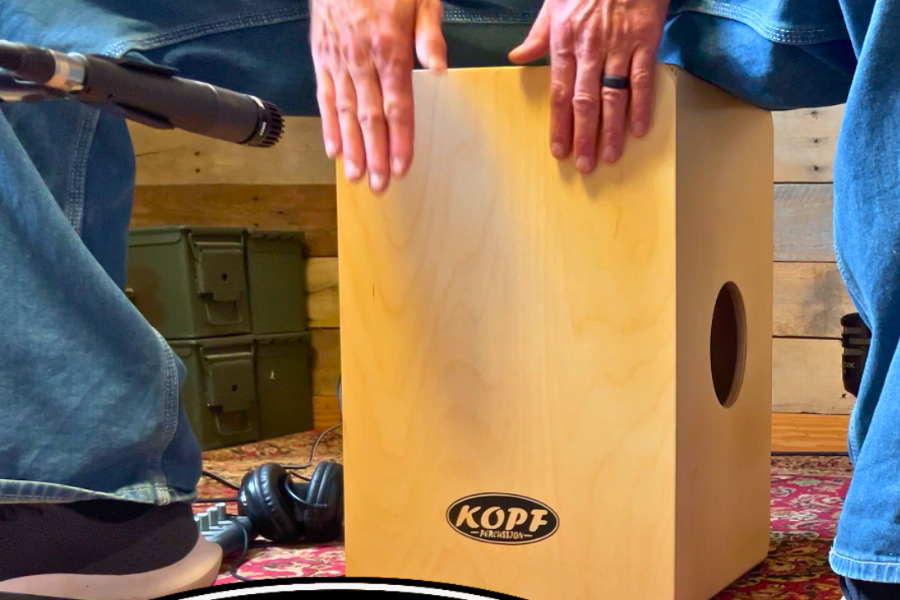
Maple Cajons
Maple is known for its balance. It provides an even response across highs, mids, and lows, with just a touch of warmth. The slap is still crisp, but it avoids the harshness that can sometimes come with birch.
Figured maples such as curly, quilted, or birdseye add visual drama without changing maple’s reliable tonal character. When someone wants a cajon that’s both versatile and beautiful, maple often ends up being the right option.
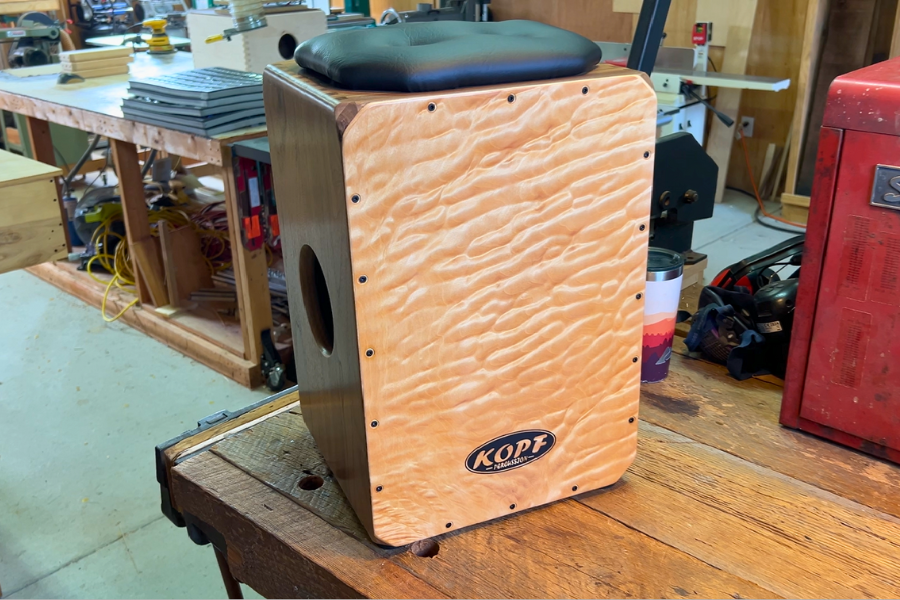
Walnut Cajons
Walnut emphasizes a fuller, warm presentation. The bass is deeper and more resonant, and the overall sound is described as “big and warm.” It retains enough midrange and treble presence to stay clear, but it naturally leans darker than maple or birch.
Because of its density, walnut also projects well. A walnut cajon produces strong lows that anchor the mix, making it an excellent choice when depth is a priority.
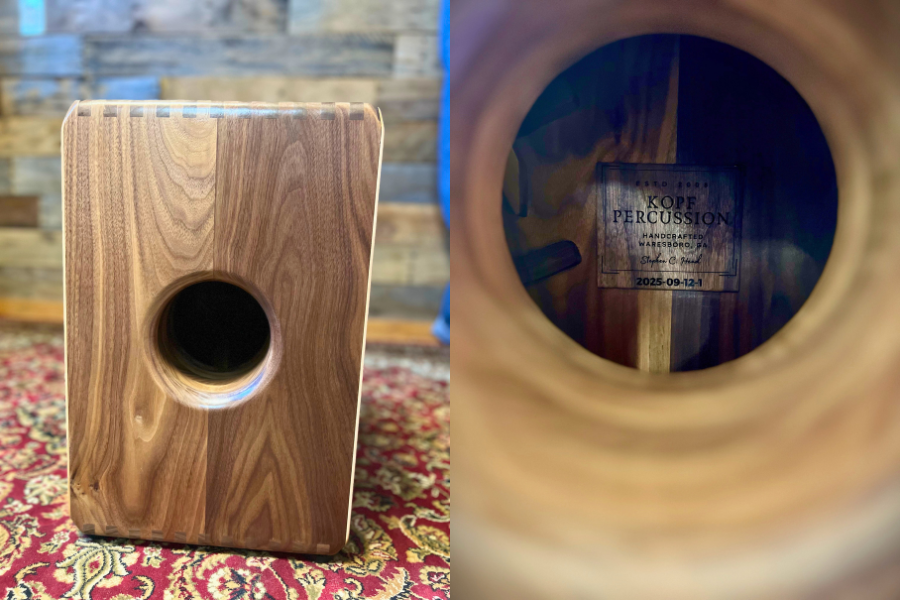
Cherry Cajons
Cherry sits between maple and walnut. It offers warmth like maple but with a brighter edge and punchier midrange. Over time, cherry darkens visually, which adds both character and maturity.
Tonally, cherry cajons are balanced and musical—clear enough for articulate slaps, but with enough low end to support the rhythm. They work in a wide variety of musical situations.
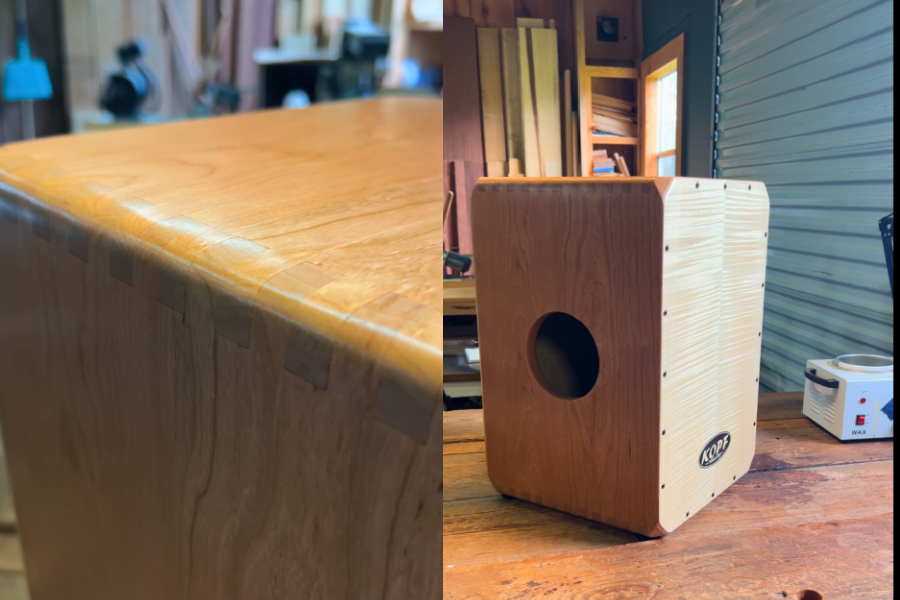
Oak Cajons
Oak is dense, loud, and powerful. It produces a strong low fundamental with bright, cutting highs and a very assertive attack. Quarter-sawn oak, in particular, is known for its clarity and crisp projection.
Oak cajons are ideal in situations where volume and presence are needed. They carry easily without amplification, which is why I use ebonized white oak in my Obsidian series to create a bold, distinctive instrument.
Choosing the Right Wood
So which wood is best? It depends on what you’re after:
-
Bright and cutting: Birch
-
Balanced with warmth: Maple or Cherry
-
Deep and resonant: Walnut
-
Loud and projecting: Oak
And it doesn’t always have to be one or the other. By pairing woods—for example, a walnut body with a maple tapa—I can begin to fine-tune the cajon’s voice. The body provides resonance, the tapa provides definition, and together they create a drum that’s more than the sum of its parts.
Final Thoughts
When I build a cajon, I don’t just pick wood because it looks good. I select and pair tonewoods for the sound they create. Every drum that leaves my shop has been designed for balance—bass that carries, slaps that cut, and an overall voice that makes the instrument musical and inspiring.
A cajon is more than a box r. It’s an instrument with a voice, and the wood is the foundation of that voice.
If you’re looking for a cajon crafted with the wood combination that matches your sound, explore my Custom Cajon options.
